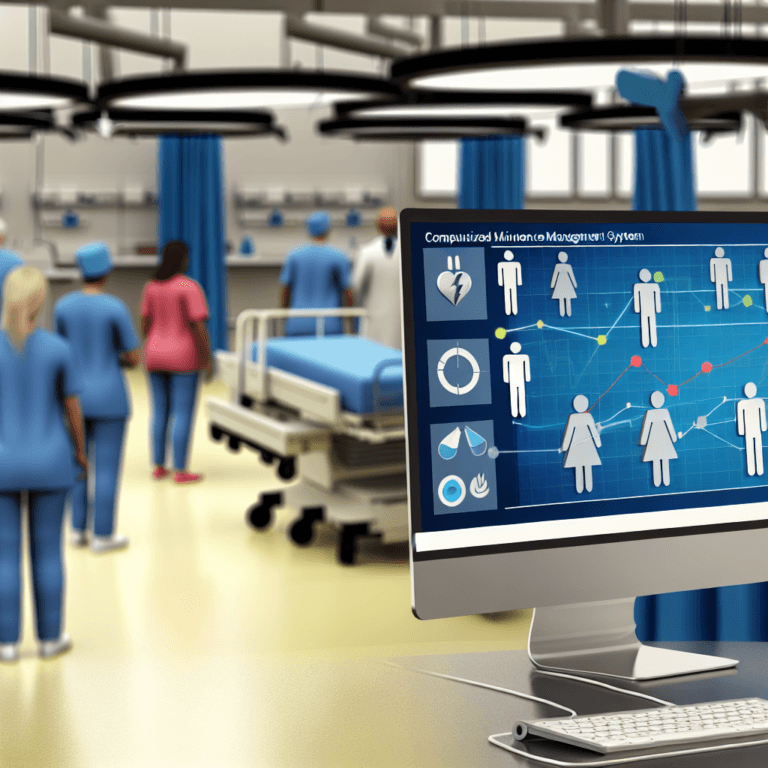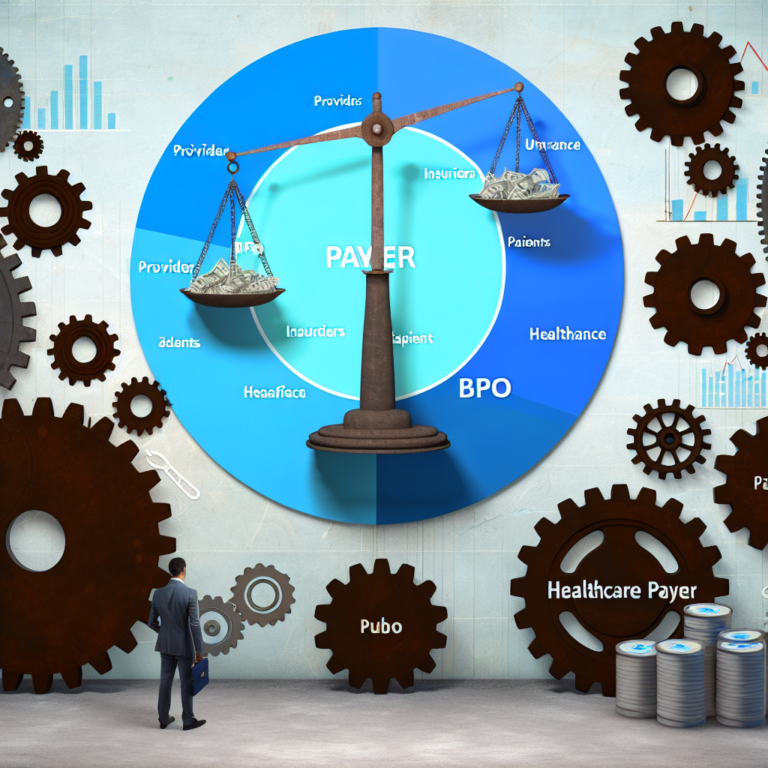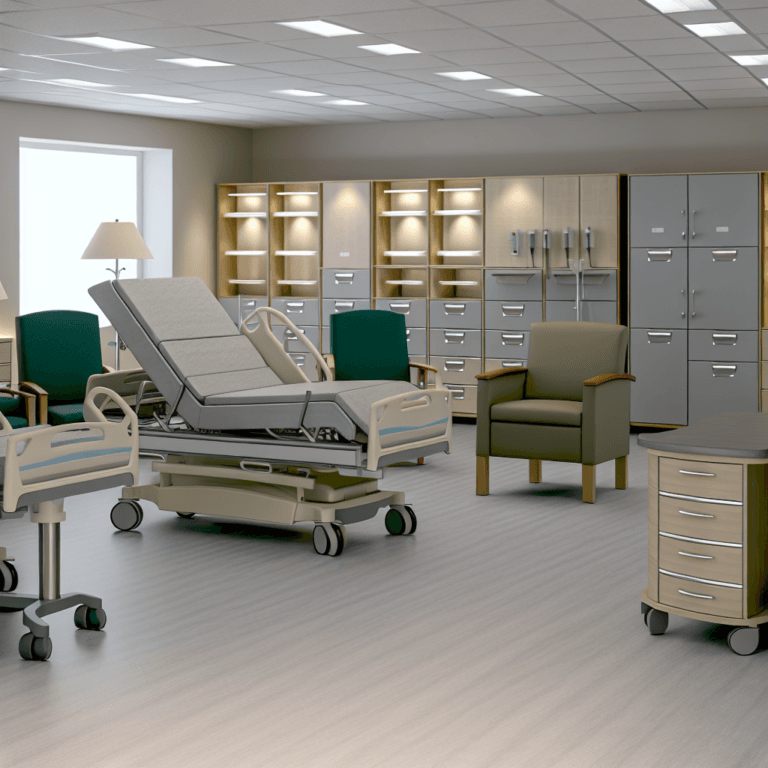Explore the healthcare anti-bacterial flooring market trends, growth drivers, and innovations ensuring safer medical environments.
Healthcare Anti-bacterial Flooring Market

Table of Contents
- Exploring the Healthcare Anti-bacterial Flooring Market
- Understanding Anti-bacterial Flooring
- Why Anti-bacterial Flooring is Essential in Healthcare
- Technological Innovations in Anti-bacterial Flooring
- Market Trends and Growth Drivers
- Challenges in the Healthcare Anti-bacterial Flooring Market
- Case Studies: Success Stories in Anti-bacterial Flooring
- Future Outlook
- Conclusion
Exploring the Healthcare Anti-bacterial Flooring Market

The healthcare industry is increasingly focusing on creating environments that minimize the risk of infection, a concern underscored by the global COVID-19 pandemic. One critical aspect of this preventive strategy is the installation of anti-bacterial flooring. This article delves into the healthcare anti-bacterial flooring market, exploring its importance, technological innovations, market trends, and future outlook.
Understanding Anti-bacterial Flooring
Anti-bacterial flooring is designed to inhibit the growth of bacteria, mold, fungi, and other microorganisms. This is particularly crucial in healthcare settings where the risk of hospital-acquired infections (HAIs) is significant. These specialized floors are treated with antimicrobial agents that ensure a hygienic surface, crucial for protecting both patients and healthcare workers.
Why Anti-bacterial Flooring is Essential in Healthcare
In healthcare facilities, the spread of infections can be fatal, making stringent hygiene practices essential. Anti-bacterial flooring plays a pivotal role in these settings for several reasons:
- Reduction of Pathogens: These floors reduce the number of harmful microorganisms, directly decreasing the potential for HAIs.
- Easy to Clean: Anti-bacterial floors are designed to be easy to clean, resisting stains and spills that can harbor bacteria.
- Durability: Healthcare floors face heavy traffic, requiring a solution that is not only effective against bacteria but also durable and long-lasting.
- Aesthetics: Modern anti-bacterial floors come in various designs and colors, helping to create a welcoming environment for patients and staff.
Technological Innovations in Anti-bacterial Flooring
The healthcare anti-bacterial flooring market is driven by continuous technological advancements. Some of the latest innovations include:
- Embedded Technology: The use of nanoparticles and other antimicrobial agents embedded within the flooring material itself.
- Smart Flooring: Floors that not only kill bacteria but also can alert staff to cleanliness issues or spills that need immediate attention.
- Eco-friendly Solutions: Development of sustainable, non-toxic materials that are safe for both patients and the environment.
Market Trends and Growth Drivers
The global healthcare anti-bacterial flooring market is experiencing significant growth, driven by several key factors:
- Increasing Prevalence of HAIs: The rise in hospital-acquired infections worldwide is a major driver for anti-bacterial flooring.
- Regulatory Requirements: Stricter regulations regarding hospital hygiene are prompting facilities to adopt advanced flooring solutions.
- Healthcare Infrastructure Expansion: The expansion and modernization of healthcare facilities, especially in emerging economies, are boosting demand for high-quality anti-bacterial flooring.
- Technological Advancements: Continuous improvements and innovations in flooring solutions are making anti-bacterial floors more effective and affordable.
Challenges in the Healthcare Anti-bacterial Flooring Market
Despite the growing demand, there are challenges that the market faces:
- High Cost: Advanced anti-bacterial floors can be expensive, which may deter some healthcare providers, especially in developing regions.
- Installation Challenges: Proper installation is crucial for the effectiveness of anti-bacterial floors, requiring skilled professionals.
- Resistance Development: There is a potential risk that bacteria may develop resistance to the antimicrobial agents used in the flooring.
Case Studies: Success Stories in Anti-bacterial Flooring
Several healthcare facilities have successfully implemented anti-bacterial flooring, demonstrating its benefits:
- Case Study 1: A hospital in the United States reported a 50% reduction in HAIs after replacing its conventional flooring with an advanced anti-bacterial solution.
- Case Study 2: A healthcare center in Europe utilized smart anti-bacterial flooring that alerts maintenance staff via IoT sensors when cleaning is required, significantly improving hygiene levels.
Future Outlook
The future of the healthcare anti-bacterial flooring market looks promising with several trends likely to shape its trajectory:
- Increased Adoption of Smart Technologies: Integration of IoT and AI for better management of flooring hygiene.
- Focus on Sustainable Solutions: Continued emphasis on developing eco-friendly materials that meet healthcare standards.
- Global Expansion: Increased penetration in emerging markets where healthcare infrastructure is rapidly developing.
Conclusion
The healthcare anti-bacterial flooring market is a critical component of modern healthcare infrastructure, offering significant benefits in terms of reducing infection risks and enhancing overall hygiene. With ongoing technological advancements and an increasing focus on healthcare quality, the market is set to grow further. Healthcare providers worldwide are recognizing the importance of investing in such flooring solutions to safeguard patient health and improve outcomes.
In conclusion, as the healthcare industry continues to evolve, anti-bacterial flooring stands out as a vital investment in the fight against infections, demonstrating a commitment to patient care and safety.








